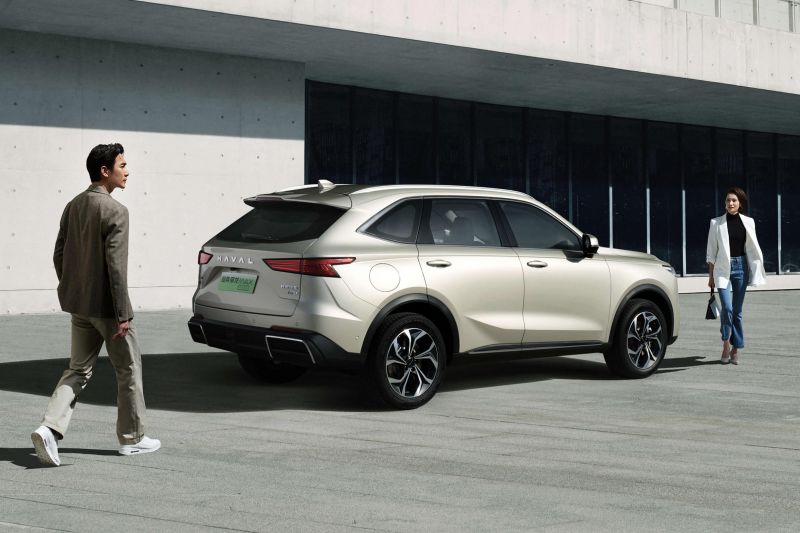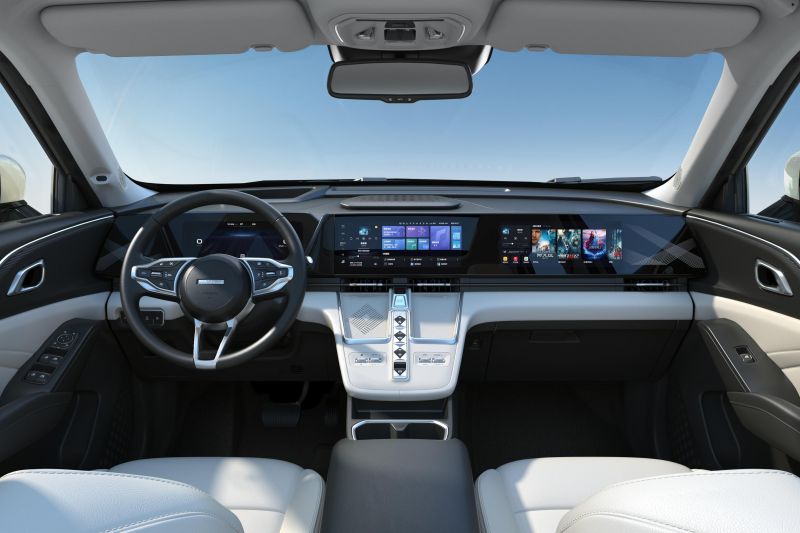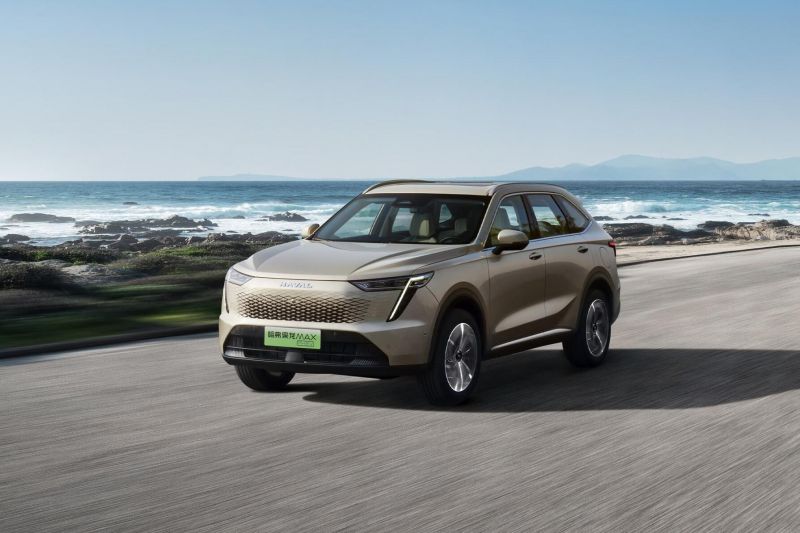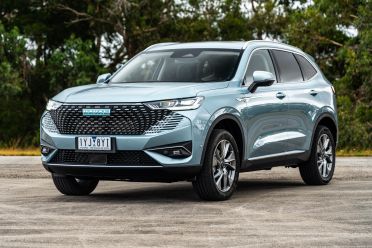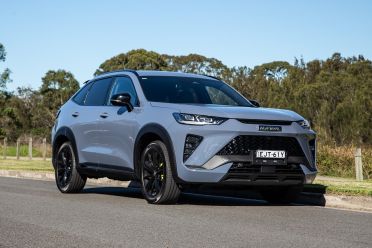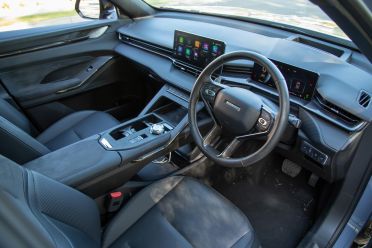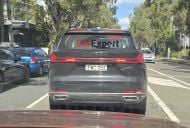GWM’s next-generation Haval H6 for Australia is set to be a larger model with plug-in hybrid power.
CarExpert understands the replacement H6 is expected to come here either late in 2024 or early in 2025.
But while GWM in China has revealed an updated version of the existing Haval H6, the nameplate is expected to instead be used on the Haval Xiaolong Max in Australia.
This vehicle was revealed 12 months ago at the 2023 Shanghai motor show as a “next-gen medium SUV” and “strategic model” for the brand, set for introduction to global markets.
It measures 4758mm long, 1895mm wide and 1725mm tall on a 2800mm wheelbase – 103mm longer, 9mm wider and 1mm taller than the current GWM Haval H6 on a 62mm longer wheelbase.
That makes it only incrementally smaller than a Hyundai Santa Fe, though there are only two rows of seating.
Thus far, the Xiaolong Max is offered in China exclusively with plug-in hybrid power, having debuted the company’s new Hi4 technology.
When the battery runs out, the car will function as a normal hybrid and GWM claims it has a more EV-like drive feel than other plug-in hybrid (PHEV) SUVs.
It features an 85kW/140Nm 1.5-litre Atkinson cycle four mated with a two-speed hybrid transmission and 70kW/100Nm front and 150kW/350Nm rear electric motors for total system outputs of 205kW and 585Nm.
There’s a 20kWh battery that can be charged at up to 33kW on DC power, while claimed WLTC electric-only range is 83km with fuel consumption of 5.5L/100km.
There’s a “smart system” that can switch between nine different driving modes based on real-time road conditions, plus GWM’s Intelligent Torque Vectoring Control.
In city driving, the Xiaolong Max will switch between pure electric two-wheel drive, series hybrid mode, and first-gear direct drive mode to avoid using the petrol engine. At high speeds, it will use the second-gear direct drive mode to maximise efficiency.
Brake energy recuperation also features in the system, while there’s vehicle-to-load technology that allows you to run external appliances with up to 3.3kW of external discharge.
The current Haval H6 doesn’t offer plug-in hybrid power in Australia, though such a powertrain is offered in other markets.
Here, it’s offered with a choice of a turbocharged 2.0-litre four-cylinder engine with 150kW and 320Nm, or a turbo 1.5-litre hybrid four with total outputs of 179kW and 530Nm.
It’s unclear what will replace the petrol-powered Haval H6 in Australia, given the Xiaolong Max is for now PHEV-only, though the also mid-sized Haval Second-Generation Big Dog has been spied testing locally.
Inside the Xiaolong Max there’s a 12.3-inch digital instrument cluster, a 12.3-inch infotainment touchscreen, and an additional 12.3-inch touchscreen for the passenger. A 10-inch head-up display is available.
Available features include a panoramic sunroof, surround-view camera and semi-autonomous parking assist.
A full suite of active safety and driver assists is also available which includes autonomous emergency braking, lane keeping and centring aids, front cross-traffic assist and traffic jam assist.
Sales of the current H6 continue to grow in our market following the launch of a new, third generation in 2021 to replace the 2015-vintage model known in China as the H6 Coupe; we skipped the second-generation model.
In the first quarter of 2024, GWM sold 2203 Haval H6s and 888 of its H6 GT coupe SUV sibling in Australia, up 6.9 per cent and 2.0 per cent on the same period in 2023.
Even excluding the related Haval H6 GT, the Haval H6 managed to outsell the Honda CR-V (1920 sales) and Volkswagen Tiguan (1215 sales), though it’s still behind the likes of the Subaru Forester (3583 sales) and Hyundai Tucson (4685) as well as even more popular Japanese and Korean models.
MORE: Everything GWM Haval H6




